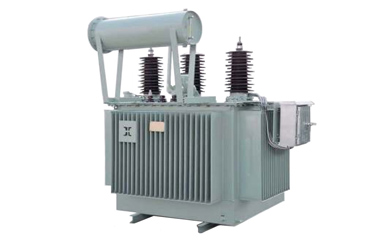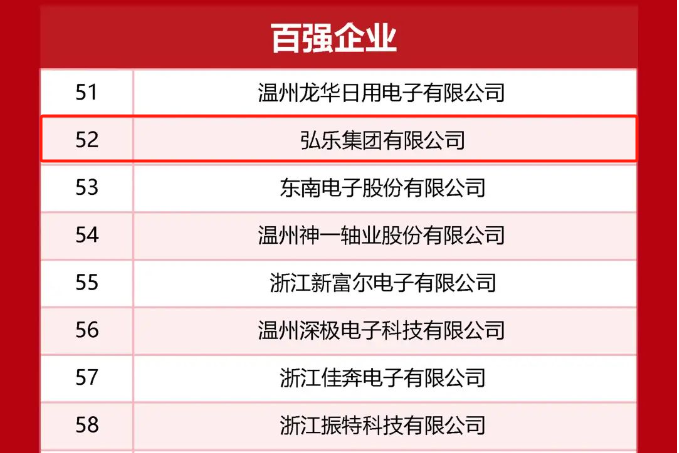What is the purpose of a power transformer?

 Site Editor
Site EditorThe main functions of power transformers include power transmission, voltage conversion and insulation isolation. It uses the principle of electromagnetic induction to energize the primary coil, so that the iron core of the transformer generates an alternating magnetic field, which in turn generates an induced current. Electromotive force is generated in the secondary coil to achieve voltage change. Its main purpose is to increase or decrease the voltage level of the alternating current (AC) power system, thereby achieving long-distance and efficient power transmission and distribution while minimizing energy loss.

In addition to voltage conversion, power transformers also provide electrical isolation between input and output circuits, which is very important for safety and performance. Power transformers can be classified in many ways according to different standards:
By the number of phases:
Single-phase power transformer: used for single-phase loads and three-phase power transformer groups.
Three-phase power transformer: used to increase and decrease voltage in three-phase systems.
By cooling method:
Dry-type power transformer: relies on air convection for cooling, often used for small-capacity power transformers such as local lighting and electronic circuits.
Oil-immersed power transformer: relies on oil as a cooling medium, such as oil-immersed self-cooling, oil-immersed air cooling, etc.
By purpose:
Power transformer: used to increase and decrease voltage in power transmission and distribution systems.
Instrument transformer: such as voltage transformer and current transformer, used for measuring instruments and relay protection devices.
Test transformer: can generate high voltage and perform high-voltage tests on electrical equipment.
Special transformer: such as electric furnace transformer, rectifier transformer, adjustment transformer, etc.








